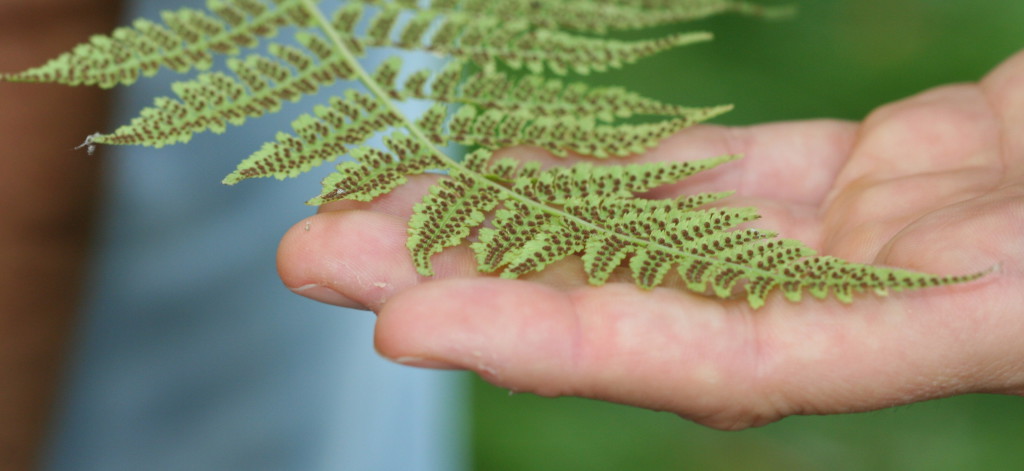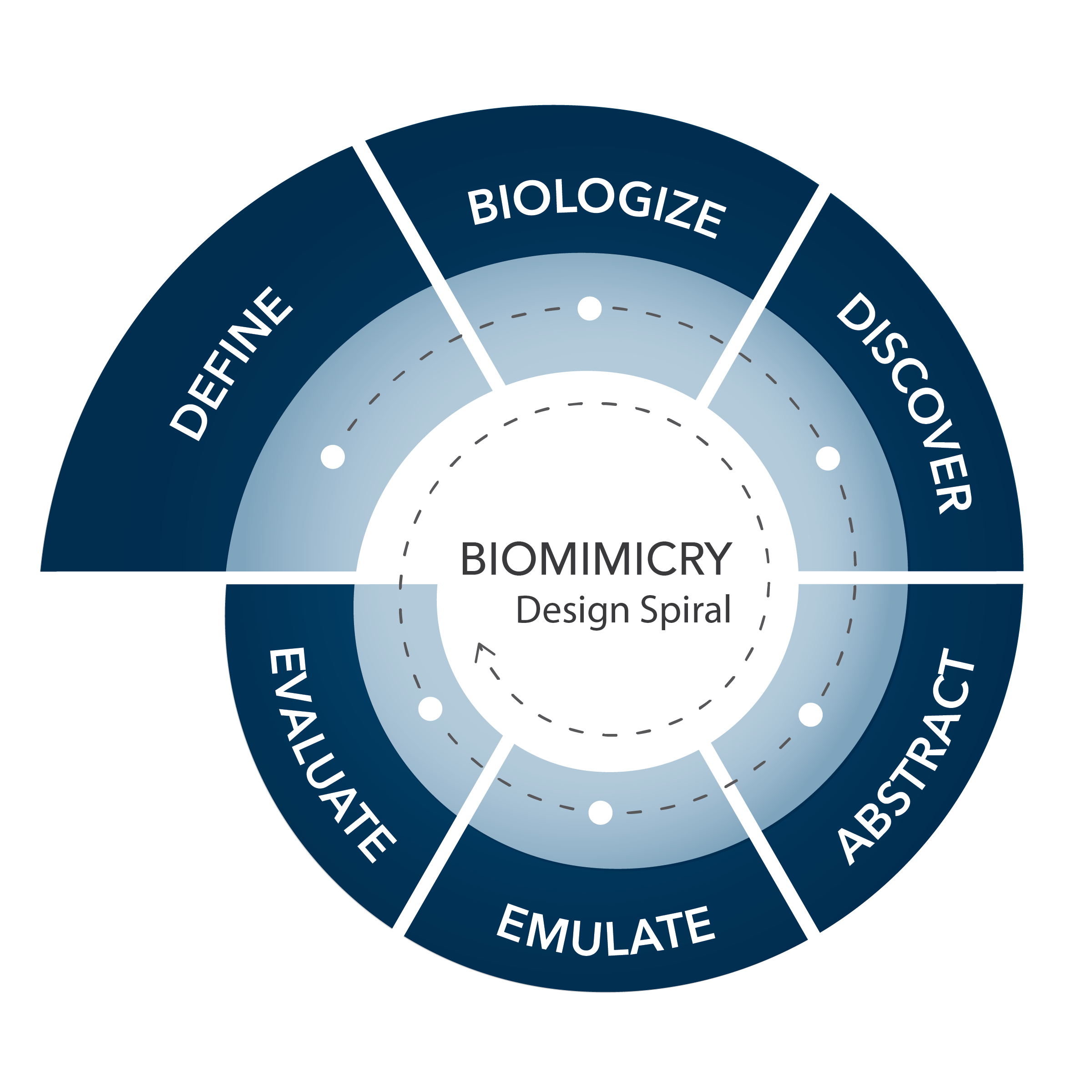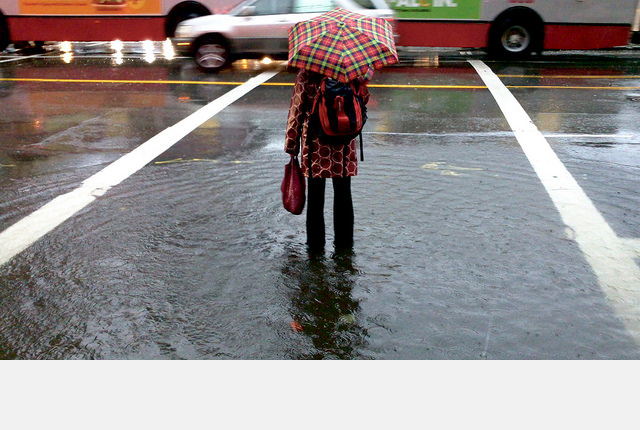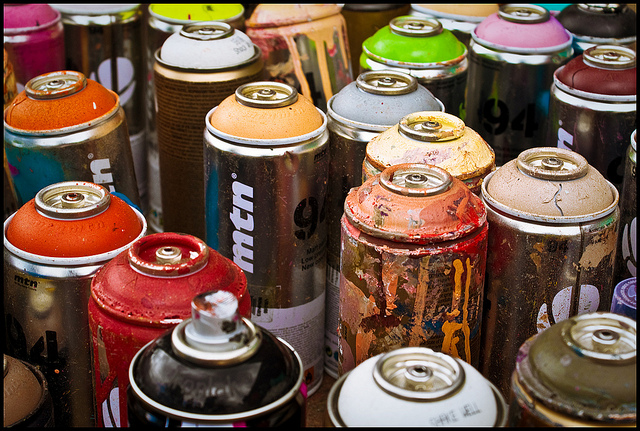Biologize Function & Context


BIOLOGIZE
Analyze the essential functions and context your design solution must address. Reframe them in biological terms, so that you can “ask nature” for advice.
Tips and suggestions to guide you.
1.
Ask “How does nature?” questions.
A good test of a biomimicry research question is whether it can logically complete the phrase, “How does nature…?” If you simply used your original design question to complete that sentence, it probably wouldn’t make any sense. For example, asking “How does nature make urban cyclists more visible to drivers at night?” sounds pretty silly. And it wouldn’t help you begin searching for biological models. But once you biologize it into “How does nature enhance visibility in low light conditions?” a research path becomes clearer. This simplified question expresses the essence of what the design challenge is all about.
2.
Think about analogous life functions and contexts in nature.
Describe the function(s) and context your design must contend with in biologically-relevant terms. Chances are your original design question already contains this information (either explicitly or implicitly). You may simply need to tweak how you state the function(s) and context(s), so that “asking” nature makes sense. The Biomimicry Taxonomy is a great reference for functions that can be found in nature. If you need a refresher on function, visit the Core Concepts section.
3.
Consider multiple possibilities.
As you examine your design question, you might discover that there are multiple functions at play or multiple ways to define the function and context of your challenge biologically. That’s ok! Having multiple ways of framing your function gives you more options and search terms to work with in the research phase.
4.
Flip the question.
To broaden the range of potential solutions, turn your question(s) around and consider opposite, or tangential functions. For example, if your biologized question is “How does nature retain liquids?”, you could also ask “How does nature repel liquids?” because similar mechanisms could be at work in both scenarios (i.e. controlling the movement of a liquid). Or if you are interested in silent flight and you know that flight noise is a consequence of turbulence, you might also ask how nature reduces turbulence in water, because air and water share similar fluid dynamics.
5.
Don’t rush!
Defining and biologizing your design question is one of the more difficult parts of the biomimicry process. Don’t rush this process. It is well worth spending the time you need to get your questions right. This will lead to more success when looking for biological models and will ultimately save you time in your whole design process. Also, if you uncover new insights once you begin researching, be prepared to revisit these steps to further refine your challenge and your question.
Sample biologized questions
“Biologizing” translates a design question into search terms that can be used to look for biological models. Consider these examples:

How might we keep buildings cool in the summer?
Biologized Question:
How does nature regulate temperature in hot climates?

How might we reduce stormwater runoff and flooding in cities?
Biologized Question:
How does nature manage excess water?

How might we reduce the use of toxic substances in paints?
Biologized Question:
How does nature create color?
Multiple possibilities
Often times there are a variety of ways to biologize a design question. Here’s an example showing a variety of ways to break down our night-time cycling design question (previously explored in the the Define step) into functions and contexts from which multiple “How does nature…” questions can be derived.
Design Question:How might we make urban cyclists more visible to drivers at night? |
|
Functions: enhance visibility; produce light; reflect light; sense/send signals |
Context: dark, low light; chaotic, busy environment; moving quickly |
Biologized Questions:How does nature …
|
|
Resources
Biologize the Question Worksheet
Biomimicry Taxonomy
Keep Learning
In the next step of the Design Spiral, Discover, we’ll guide you in where and how to look for biological models and strategies for inspiration.
Image Credits
Air conditioners: Ze’ev Barkan CC-BY via Flickr
Woman standing in puddle: Frédéric Poirot CC-BY-NC-ND via Flickr
Paint cans: LukeDaDuke CC-BY-NC-ND


